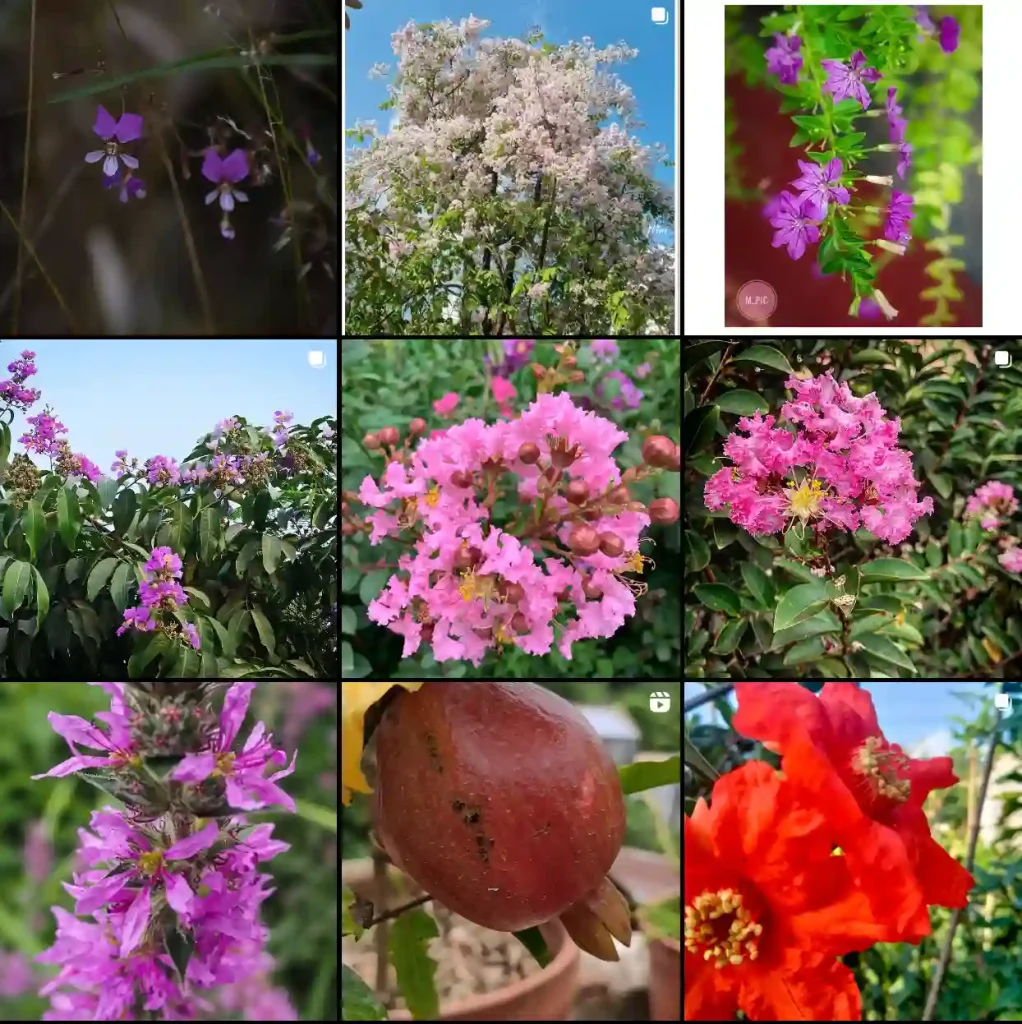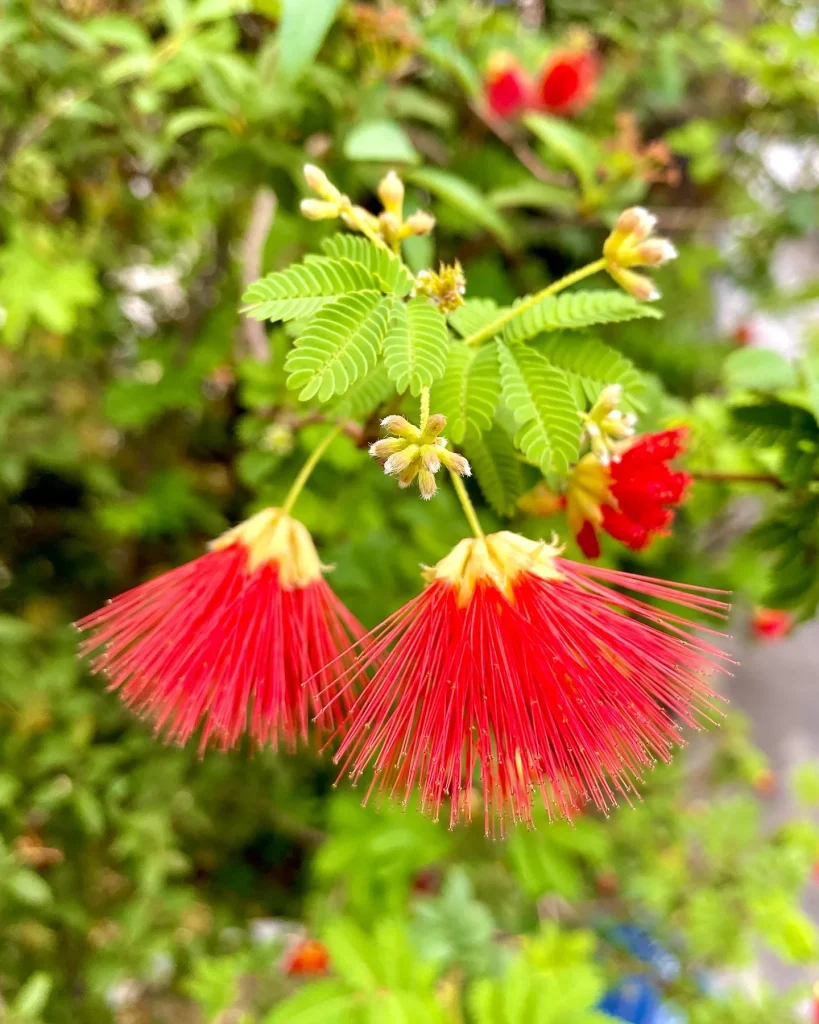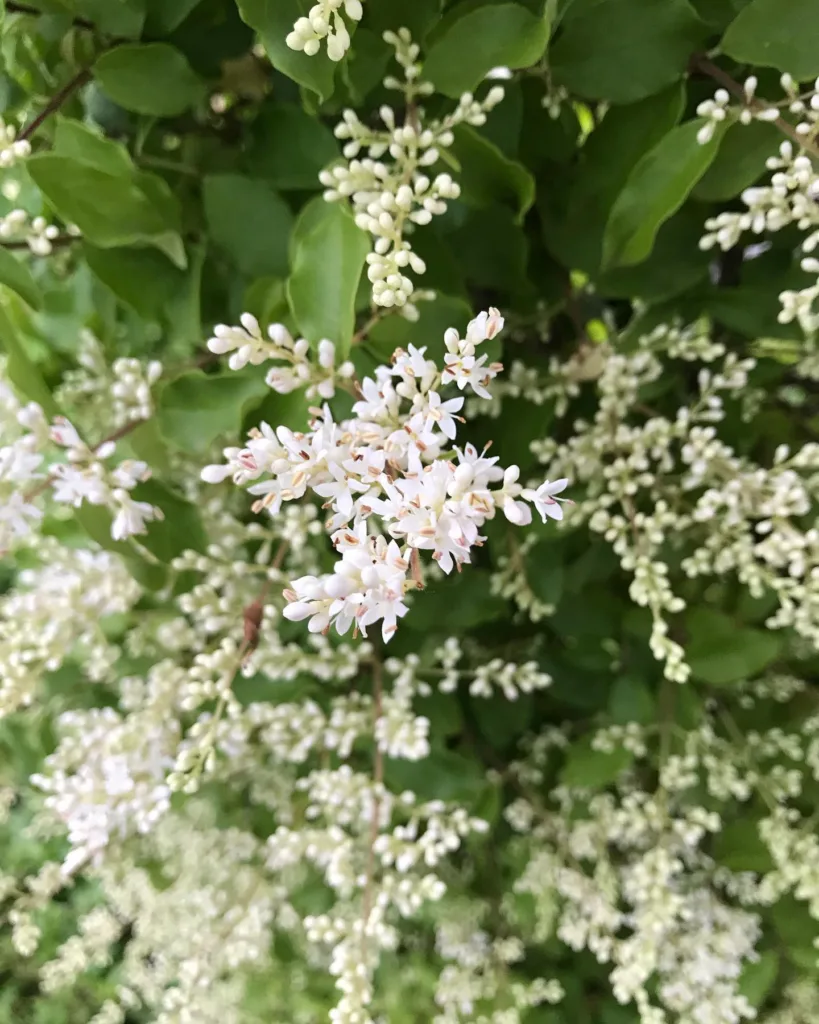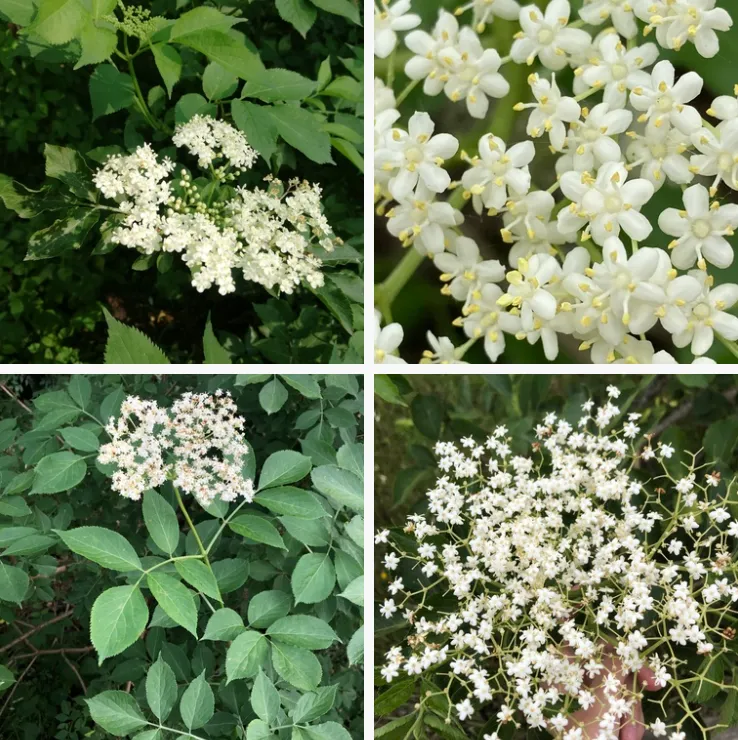Scindapsus Snake Scale: Unveiling the Secrets of this Striking Foliage Friend
Hi everyone, Ferb Vu here! Today, we’re diving deep into the world of the Scindapsus Snake Scale, a plant that’s stolen the hearts of many with its captivating textured leaves.
This FAQ will be your one-stop shop for everything you need to know about caring for this beauty. So, whether you’re a seasoned plant parent or a curious newbie, buckle up and get ready to learn!
What Makes the Scindapsus Snake Scale Special?
The Scindapsus Snake Scale, also known as Scindapsus Pictus Exotica, boasts stunning foliage unlike any other. Its oblong, heart-shaped leaves are adorned with a shimmering, silvery overlay, resembling reptilian scales – hence the name! This unique texture adds depth and interest to any indoor space.
Beyond its captivating looks, the Scindapsus Snake Scale is a breeze to care for. It thrives in moderate light conditions, making it perfect for those not-so-sunny spots in your home. Plus, its easygoing nature makes it ideal for plant beginners.
Scindapsus Snake Scale vs. Epipremnum Aureum (Pothos): Similarities and Differences
Often confused with its close cousin, the Epipremnum Aureum (Pothos), the Scindapsus Snake Scale has some distinct characteristics. Here’s a quick breakdown:
- Leaves:
- Scindapsus Snake Scale: Textured, silvery overlay on heart-shaped leaves.
- Pothos: Smooth, glossy leaves with various variegations (depending on the variety).
- Growth Habit:
- Scindapsus Snake Scale: Compact and bushy.
- Pothos: Can grow quite long and trailing.
- Light Requirements:
- Both prefer bright, indirect light. However, the Scindapsus Snake Scale tolerates lower light conditions slightly better.
While both plants are relatively low-maintenance, the Scindapsus Snake Scale might be a touch more forgiving for forgetful waterers.
How to Care for Your Scindapsus Snake Scale?
Now that you’re smitten with this stunning plant, let’s talk about keeping it happy and thriving. Here are the key things to remember:
- Light: Aim for bright, indirect light. Avoid harsh, direct sunlight that can scorch the leaves.
- Watering: Water deeply when the top inch of soil feels dry. Don’t let the plant sit in soggy soil, as this can lead to root rot.
- Humidity: Moderate to high humidity is ideal. You can use a humidifier, pebble tray, or group your plants together to increase humidity levels.
- Soil: A well-draining, airy potting mix is crucial. Aroid mix or a standard potting mix with added perlite will work well.
- Fertilizer: During the growing season (spring and summer), you can fertilize your Scindapsus Snake Scale with a balanced fertilizer diluted to half strength once a month.
Propagation: Sharing the Beauty with Ease
The Scindapsus Snake Scale propagates readily, allowing you to share its beauty with friends or create a fuller plant. Here’s a simple method:
- Take a stem cutting with at least two nodes (leaf bumps).
- Remove the lower leaves and dip the cut end in rooting hormone (optional).
- Plant the cutting in a pot with moist sphagnum moss or a well-draining potting mix.
- Keep the pot warm and provide bright, indirect light.
- Mist the cutting regularly to maintain humidity.
With a little patience, you’ll see new growth emerge in a few weeks.
Troubleshooting: Common Scindapsus Snake Scale Problems
While generally a resilient plant, the Scindapsus Snake Scale can face some challenges. Here’s how to identify and address them:
- Yellowing Leaves: This can be caused by overwatering, underwatering, or lack of light. Adjust your watering schedule and ensure the plant receives enough indirect light.
- Brown Spots on Leaves: Often caused by excessive sunlight. Move your plant to a shadier location.
- Drooping Leaves: This could be a sign of underwatering. Give your plant a thorough watering and ensure proper drainage.
- Pests: Mealybugs and spider mites can occasionally bother your Scindapsus Snake Scale. Use organic insecticidal soap or neem oil to treat them.
Remember: Early detection and treatment are key to keeping your plant healthy.
Scindapsus Snake Scale: A Statement Piece for Your Home
With its captivating looks and easygoing nature, the Scindapsus Snake Scale is a true gem for any plant enthusiast. Its unique textured leaves add a touch of sophistication to any room, making it a perfect statement piece. Whether displayed on a shelf, cascading down a moss pole, or trailing in a hanging basket, the Scindapsus Snake Scale is sure to impress.
Here are some additional thoughts and tips:
- Toxicity: Be aware that the Scindapsus Snake Scale, like many other Scindapsus varieties, is toxic to animals and humans if ingested. Keep it out of reach of pets and children.
- Air Purification: Bonus point! The Scindapsus Snake Scale is known to be an air-purifying plant, helping to remove common toxins from your indoor environment.
- Advanced Care: Ready to elevate your plant care game? As your Scindapsus Snake Scale matures, you can introduce a moss pole to encourage climbing growth. This will create a fuller, more dramatic plant.
- Community is Key: Don’t hesitate to join online plant communities or forums. Sharing experiences and tips with other Scindapsus Snake Scale enthusiasts is a great way to learn and grow together.
I hope this FAQ has empowered you to confidently care for your Scindapsus Snake Scale. With a little TLC, this stunning plant will reward you with years of lush, textured foliage, adding a touch of nature’s elegance to your home.
If i die, water my plants!



